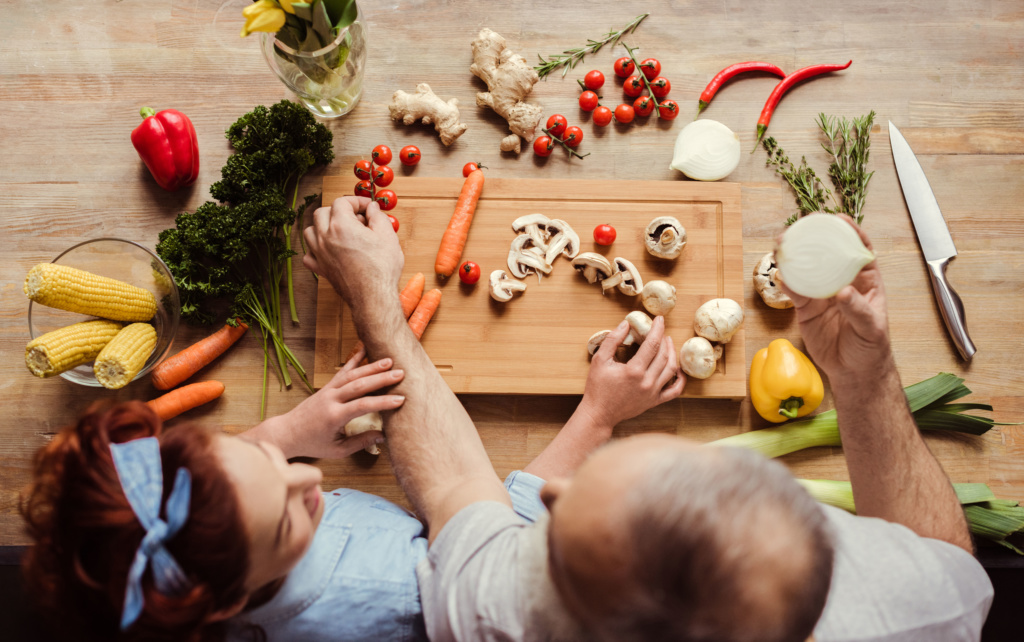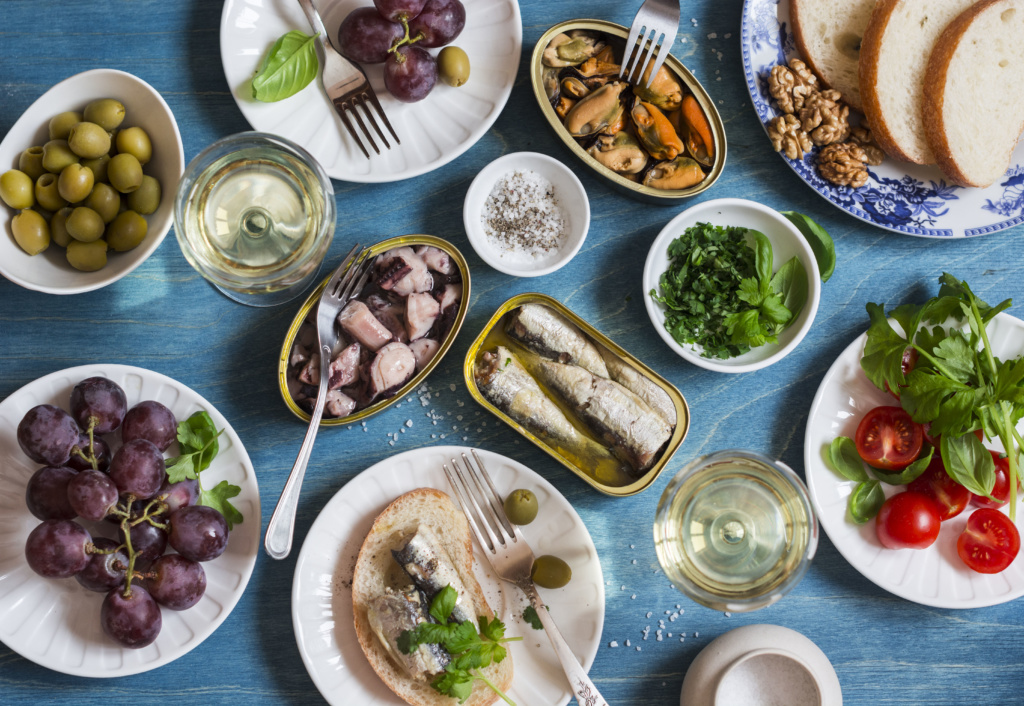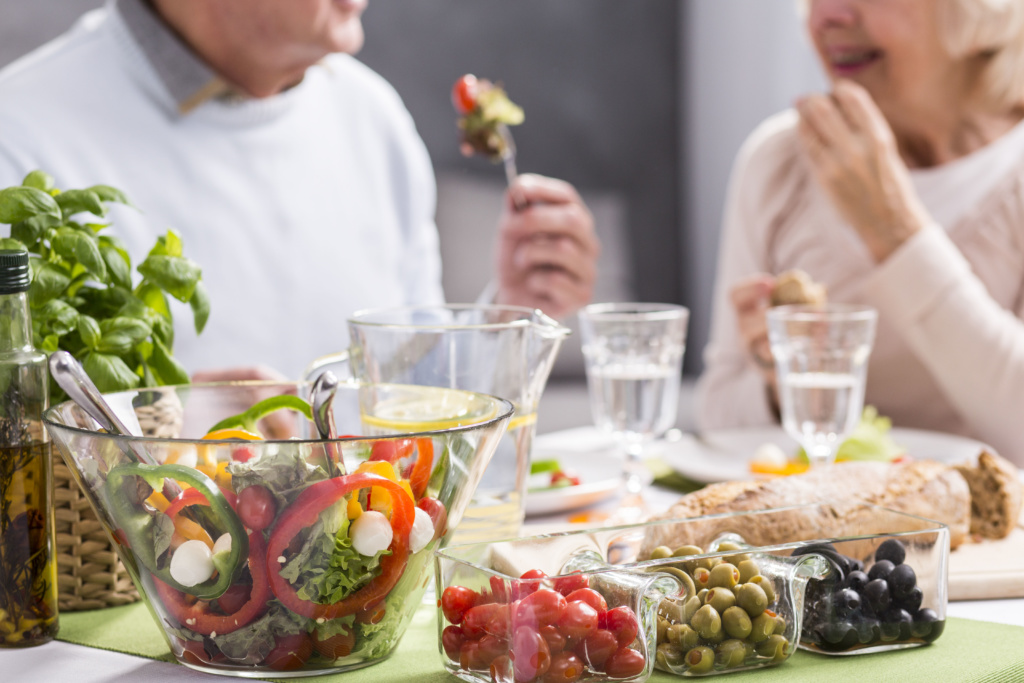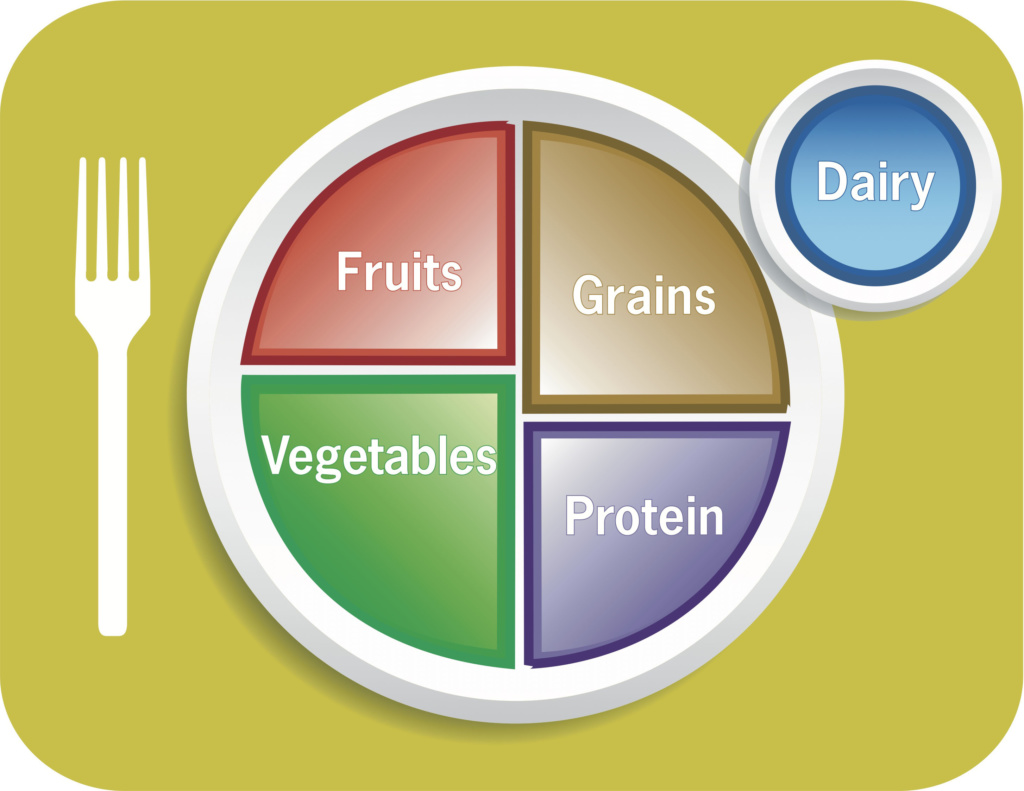GOOD EATS! Give your diet a boost with healthy foods
Article By Bev Bennett, CTW Features
Eat more!
You probably thought you’d never read that again. The typical litany is less: less fat, less salt, less sugar and fewer calories. However, as healthful as these changes may be, you can also boost your wellbeing by increasing your intake of certain nutrients as you age. Call it your More Diet – the eating plan that helps you maintain muscle and bone, provides satiety and reduces your risk of serious disease. You can also call it your more delicious and more varied diet. The nutrients in the spotlight are available in appealing, readily available, and easy-to-prepare foods. Here are eight nutrients to emphasize in your meal planning.
Calcium
The need for calcium doesn’t end when you become a mature adult.
In fact, older women should consume more calcium-rich foods because they experience greater bone loss and don’t absorb calcium as well, according to the National Institutes of Health.
Your physician or registered dietitian can recommend the amount that’s appropriate for you.
“Don’t go nuts with calcium but pay attention to it,” says Beth Kitchin, Ph.D, registered dietitian nutritionist, assistant professor nutrition sciences, University of Alabama at Birmingham.
Some people are wary of dairy products because they’re watching their calories, Kitchin says.
That shouldn’t be a concern since calcium is in a variety of healthful foods, including low-fat milk and yogurt; canned sardines or salmon, packed with bones; calcium-fortified orange juice and soymilk. Vegetable choices include broccoli, collards and kale.
Dietary fiber
As we age our digestive abilities can slow down,” says Lauri Wright, Ph.D., registered dietitian nutritionist, spokesperson for the Academy of Nutrition and Dietetics.
Dietary fiber can counter the problem.
It’s very important for health, says Wright, assistant professor, University of North Florida, Jacksonville.
Fiber also keeps you feeling full longer, which is a benefit if you’re trying to avoid weight gain.
Whole grains, beans, artichokes, pears, apples, berries and broccoli supply good amounts of dietary fiber
Healthy fats
“Often you read that you’re having too much fat,” says Angel Planells, MS, registered dietitian nutritionist, spokesperson for the Academy of Nutrition and Dietetics, Seattle.
Instead of eliminating all fat, fine-tune the message so you include healthful fats such as fatty fish, avocadoes and unsalted nuts in meals or snacks.
The omega-3 fatty acids in salmon are good for eye health, heart health, the immune system and joints, he says.
The mono- and polyunsaturated fat found in avocadoes are beneficial for the heart, according to Planells, home care dietitian at the Veterans Health Administration.
Unsalted nuts get Planell’s thumbs-up as a healthy fat that also delivers dietary fiber and protein.
More Nutrients In Every Bite
The catch to your “More Diet” is that you’re increasing your consumption of essential nutrients, but without eating as much as you once did. As you age you’re losing muscle mass and your body requires fewer calories, according to Joan Salge Blake, clinical associate professor at Boston University.
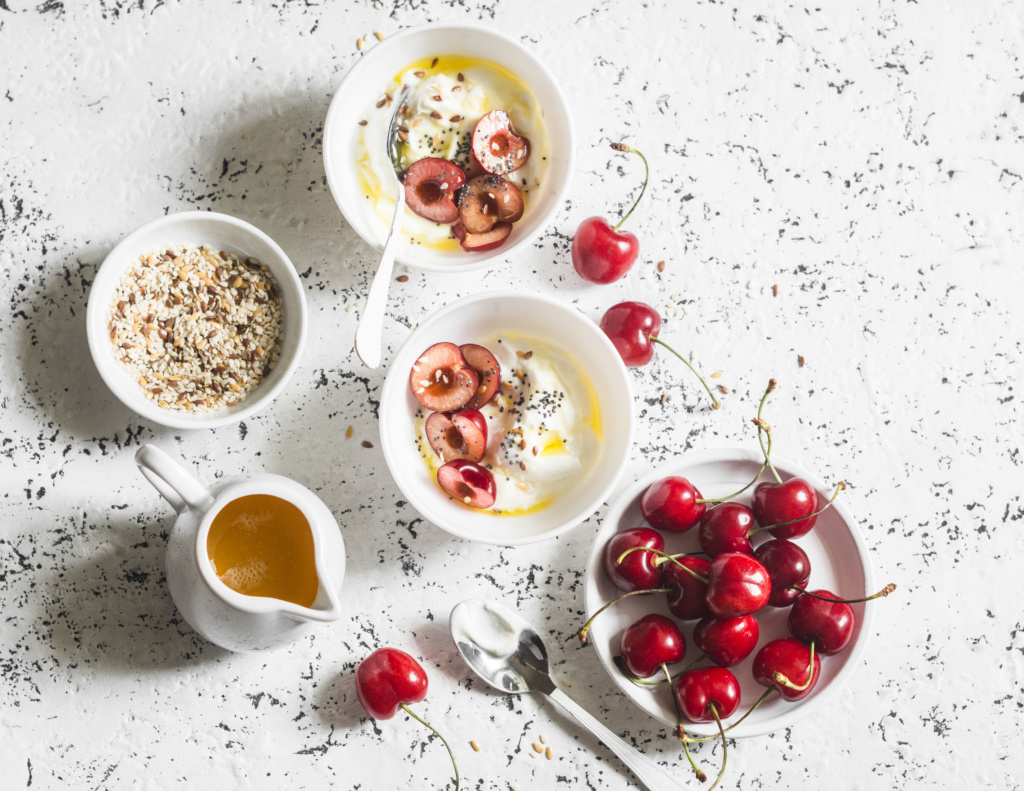 A moderately active woman in her early 20’s needs 2,200 calories a day. That shrinks to 1,800 calories a day by the time she’s in her mid 50’s, according to the 2015-2020 Dietary Guidelines for Americans. (The calorie guidelines are for a woman who is 5 feet 4 inches and weighs 126 pounds.) Fortunately fitting a day’s worth of nutrients into 400 fewer calories is doable. “Think of calories as money” says Beth Kitchin, assistant professor nutrition sciences, University of Alabama at Birmingham.
A moderately active woman in her early 20’s needs 2,200 calories a day. That shrinks to 1,800 calories a day by the time she’s in her mid 50’s, according to the 2015-2020 Dietary Guidelines for Americans. (The calorie guidelines are for a woman who is 5 feet 4 inches and weighs 126 pounds.) Fortunately fitting a day’s worth of nutrients into 400 fewer calories is doable. “Think of calories as money” says Beth Kitchin, assistant professor nutrition sciences, University of Alabama at Birmingham.
Just as you plan how to spend your money wisely, design your meals to focus on foods that provide the most nutrients for the calories, she says. For example, “Greek yogurt is an awesome way to get high-quality protein and calcium,” Kitchin says. Dark green vegetables are high in antioxidants, have decent amounts of calcium (depending on the choice) and dietary fiber to keep you full and are low in calories and filling. Beans are good sources of both protein and dietary fiber.
Become familiar with appropriate portion sizes. Use a measuring cup for breakfast cereal, rice, pasta and other grains until you have an accurate idea of how much you’re consuming.
If having an empty-calorie food or beverage is a daily habit, make it an occasional one instead. And get moving. The moderately active woman in her mid 50’s can burn 200 more calories a day than her sedentary sister.
Potassium
Potassium can help with high blood pressure, according to Joan Salge Blake, Ed.D., registered dietitian nutritionist, clinical associate professor, Boston University, Massachusetts.
It’s not hard to increase your potassium intake.
“Dairy products, fruits and vegetables are wonderful sources of potassium,” Blake says, adding that frozen vegetables are easy way to get more potassium onto your plate.
Other potassium-rich foods include bananas, orange juice, avocados, sweet potatoes and tomatoes.
If you have a health condition, consult with your physician before changing your potassium intake.
Protein
“We used to think the body’s need for protein didn’t change. Now we know we need slightly higher protein intake than when we were younger,” Wright says.
Some studies also suggest that protein should be spread throughout the day to help maintain muscle.
Recent research published in the American Journal of Clinical Nutrition suggests that seniors who have balanced protein intake through breakfast, lunch and dinner have greater muscle strength.
Don’t ignore calories while increasing protein.
A modest serving of three ounces of fish as an example, is sufficient, according to Wright.
Good bets include yogurt, especially high-protein Greek yogurt, fish, beans (including soy beans), poultry white meat, pork tenderloin and lean beef.
This vitamin aids calcium absorption in the body and is important for good bone quality.
When you’re younger the sun hitting your skin can trigger vitamin D synthesis. As you age your skin doesn’t synthesize vitamin D as efficiently.
You may also spend less time in the sun, so getting adequate vitamin D can be more challenging.
Even so there’s “a lot of debate about how much vitamin D we need,” says Kitchin, patient educator at UAB Osteoporosis Prevention & Treatment Center.
Vitamin D fortified milk, orange juice and breakfast cereal along with fatty fish such as salmon and canned tuna are good choices.
If you’re considering a vitamin D supplement, talk to your physician about your needs.
Vitamin B12
Your body requires vitamin B12 for neurological function and red blood cell formation according to the National Institutes of Health.
Older adults who have reduced levels of stomach acidity may have problems absorbing the vitamin.
Clams, salmon, fortified low-fat milk and yogurt, canned tuna and egg yolks are good sources. Breakfast cereal, orange juice and dairy milk alternatives that are fortified with vitamin B12 are non-animal based options.
Water
“It’s not sexy, but it’s so vital to health,” Wright says.
“As we age our thirst sensor doesn’t keep up. It doesn’t tell you when you’ve had enough fluids to drink,” she says, recommending water over coffee, which has a diuretic effect, causing the body to lose fluids.
Find out how much dairy, protein, fruits, vegetables, grains and oils are recommended for you based on your age, height and weight using the MyPlate Checklist Calculator at:
https://www.choosemyplate.gov/MyPlate-Daily-Checklist-input
Once you’ve entered your information, click on the bar that provides your calorie information to see how much you should be eating from each food group.
© CTW Features
